PPT-Honors Geometry Notebook
Author : elise | Published Date : 2024-02-03
Table of Contents Syllabus Unit 1 Fundamentals of Geometry Concept 1 Geometric Terms Homework Concept 2 Collinear and Coplanar Homework Concept 3 Intersections
Presentation Embed Code
Download Presentation
Download Presentation The PPT/PDF document "Honors Geometry Notebook" is the property of its rightful owner. Permission is granted to download and print the materials on this website for personal, non-commercial use only, and to display it on your personal computer provided you do not modify the materials and that you retain all copyright notices contained in the materials. By downloading content from our website, you accept the terms of this agreement.
Honors Geometry Notebook: Transcript
Download Rules Of Document
"Honors Geometry Notebook"The content belongs to its owner. You may download and print it for personal use, without modification, and keep all copyright notices. By downloading, you agree to these terms.
Related Documents

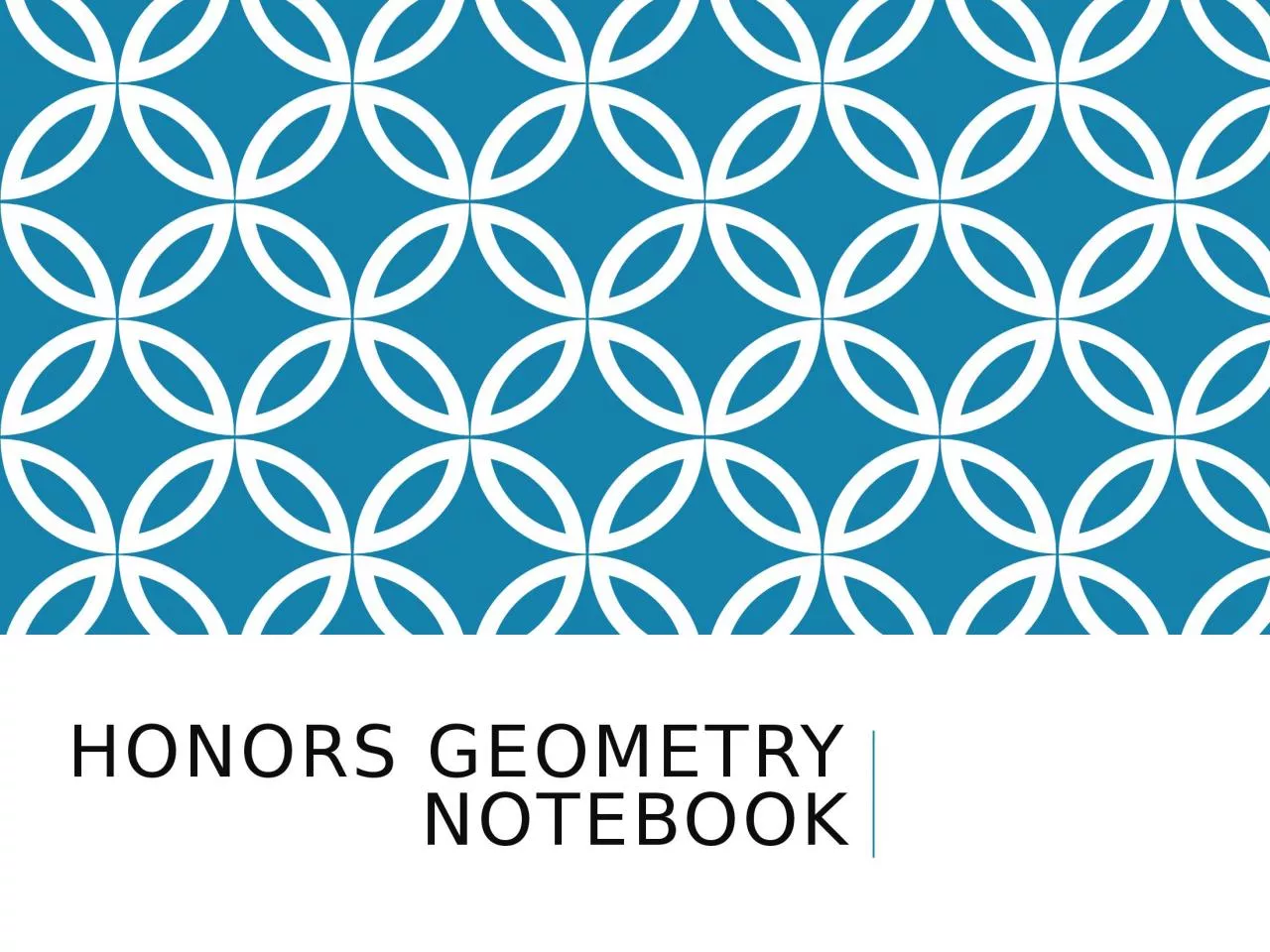
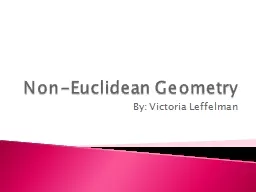


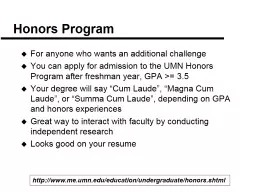



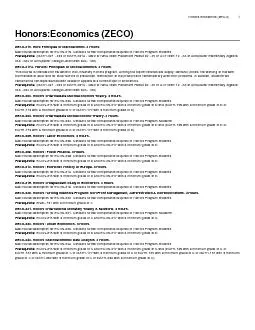
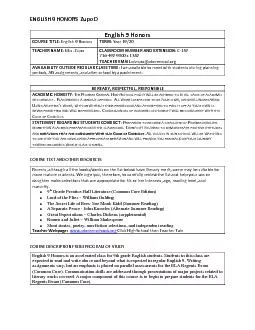
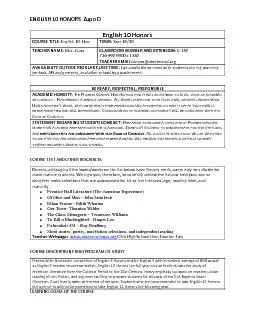
![[FREE]-Developer IDE Notebook, EAT. SLEEP. CODE. REPEAT. ,Computer Software Premium: Programmer](https://thumbs.docslides.com/975866/free-developer-ide-notebook-eat-sleep-code-repeat-computer-software-premium-programmer-dotted-notebook-6x9-inch-to-do-list-notebook-daily-journal-for-developers-daily-notebook-planner.jpg)
![[READ] Composition Notebook: Halloween Composition Book | College Ruled Notebook | Lined](https://thumbs.docslides.com/1004595/read-composition-notebook-halloween-composition-book-college-ruled-notebook-lined-journal-100-pages-7-5-x-9-75-school-subject-book-notes-notebook-skull-composition-notebook.jpg)
